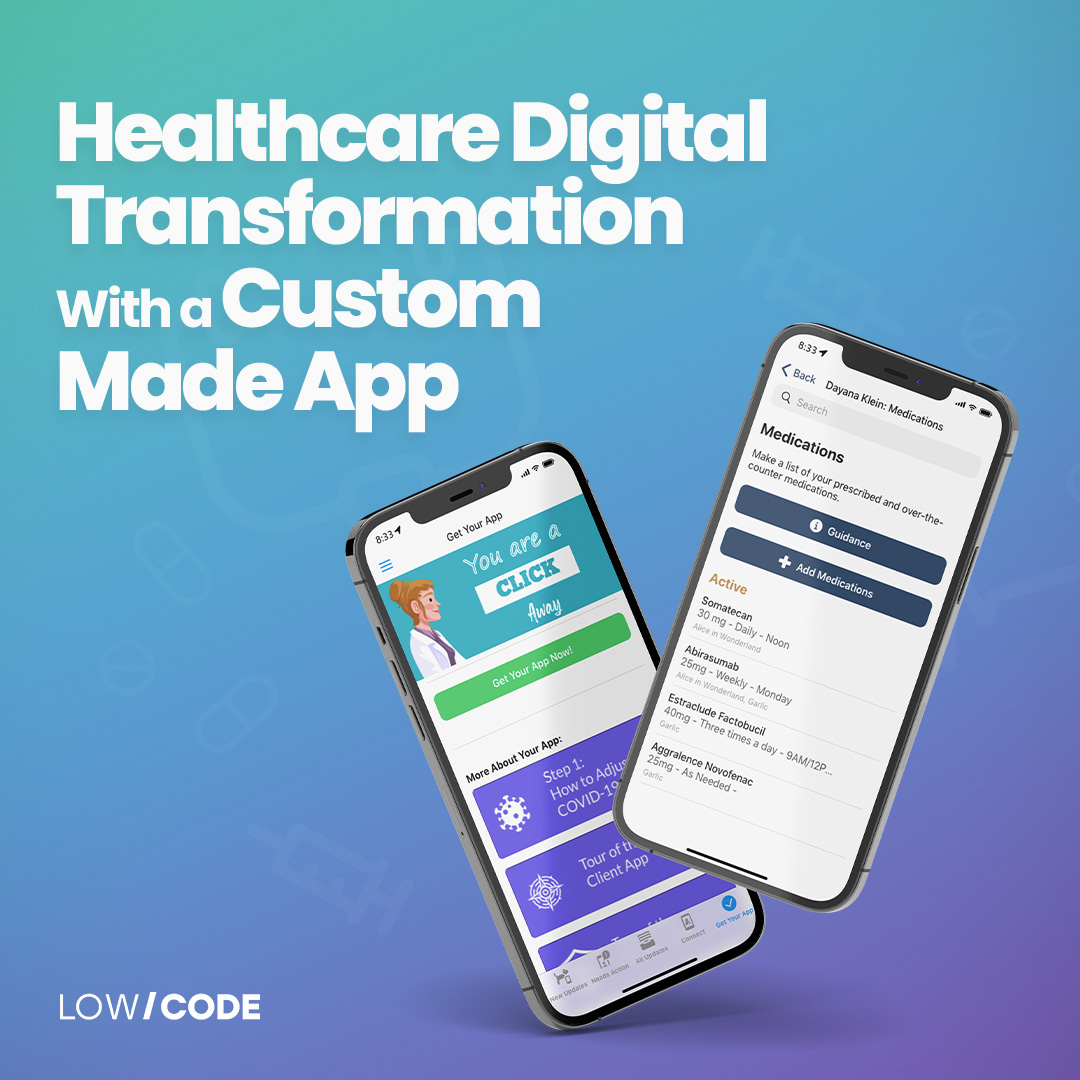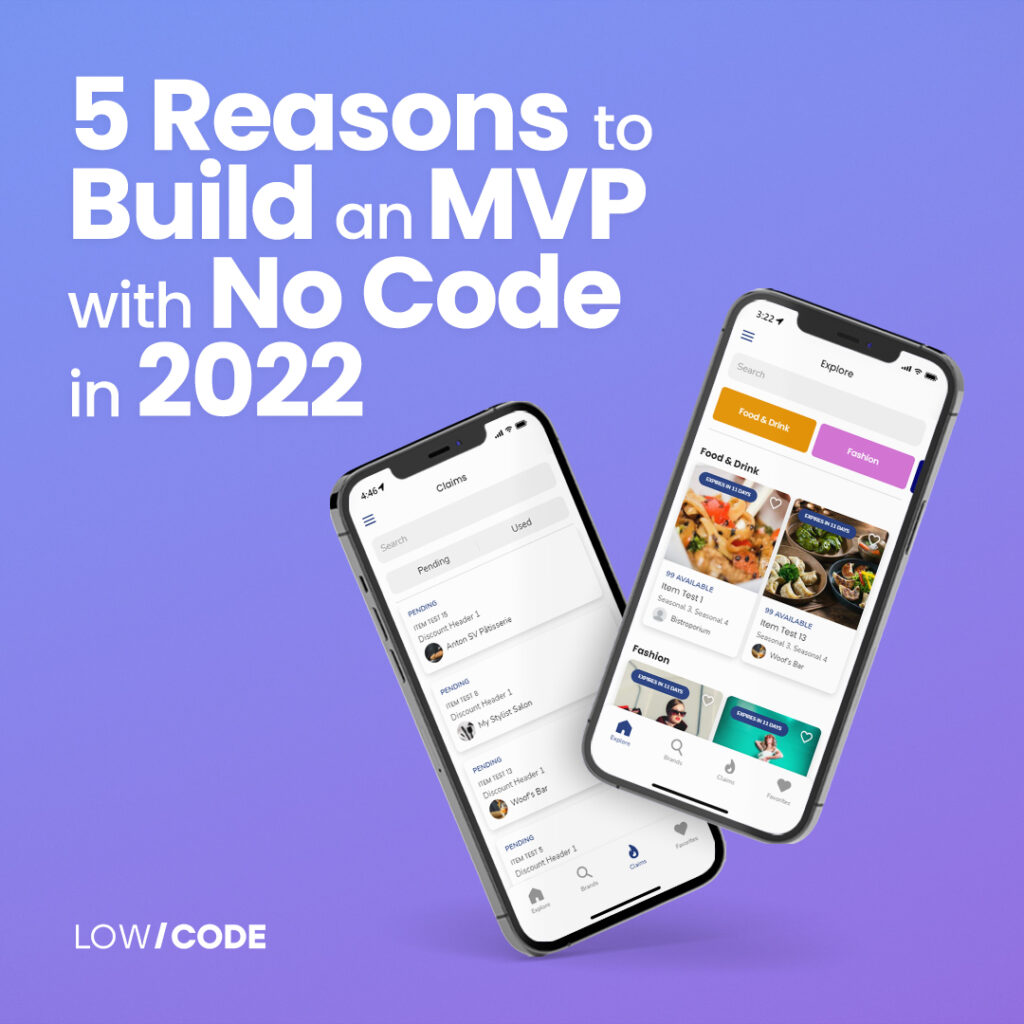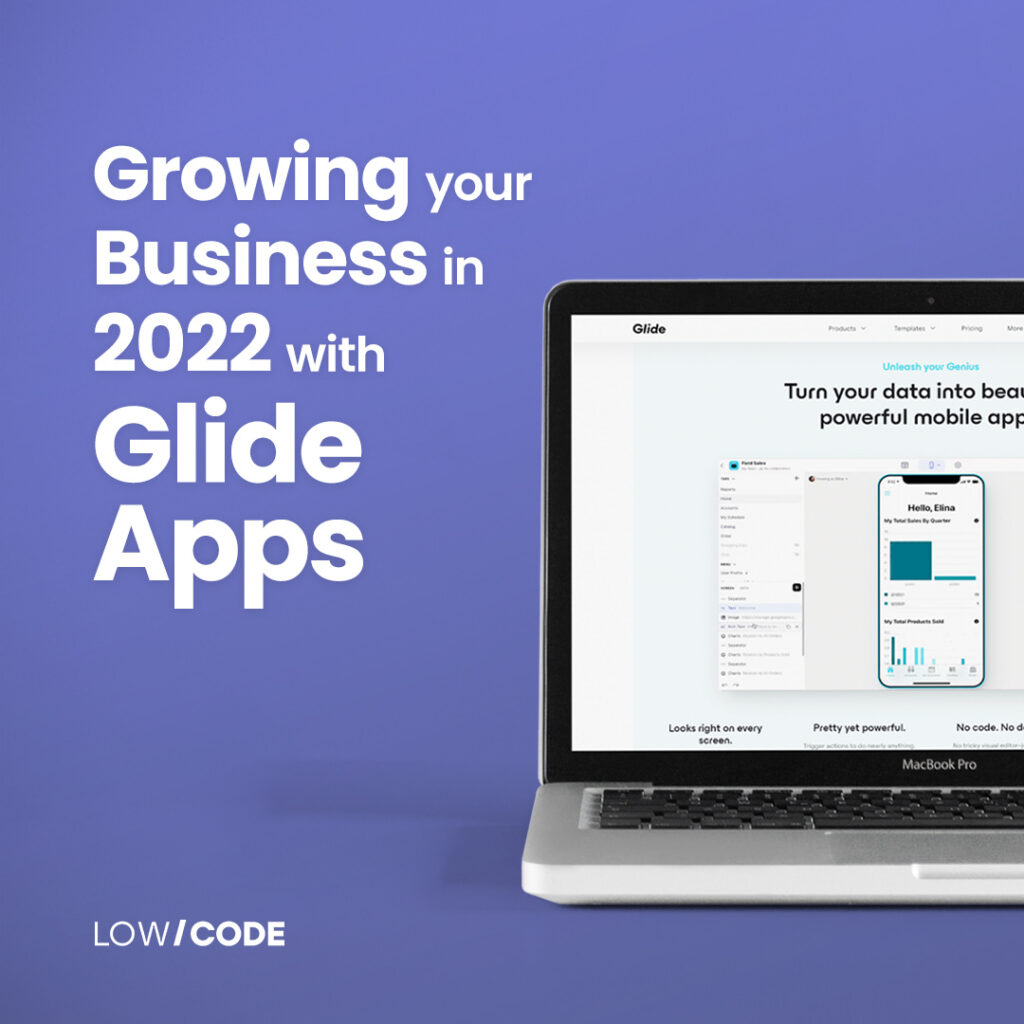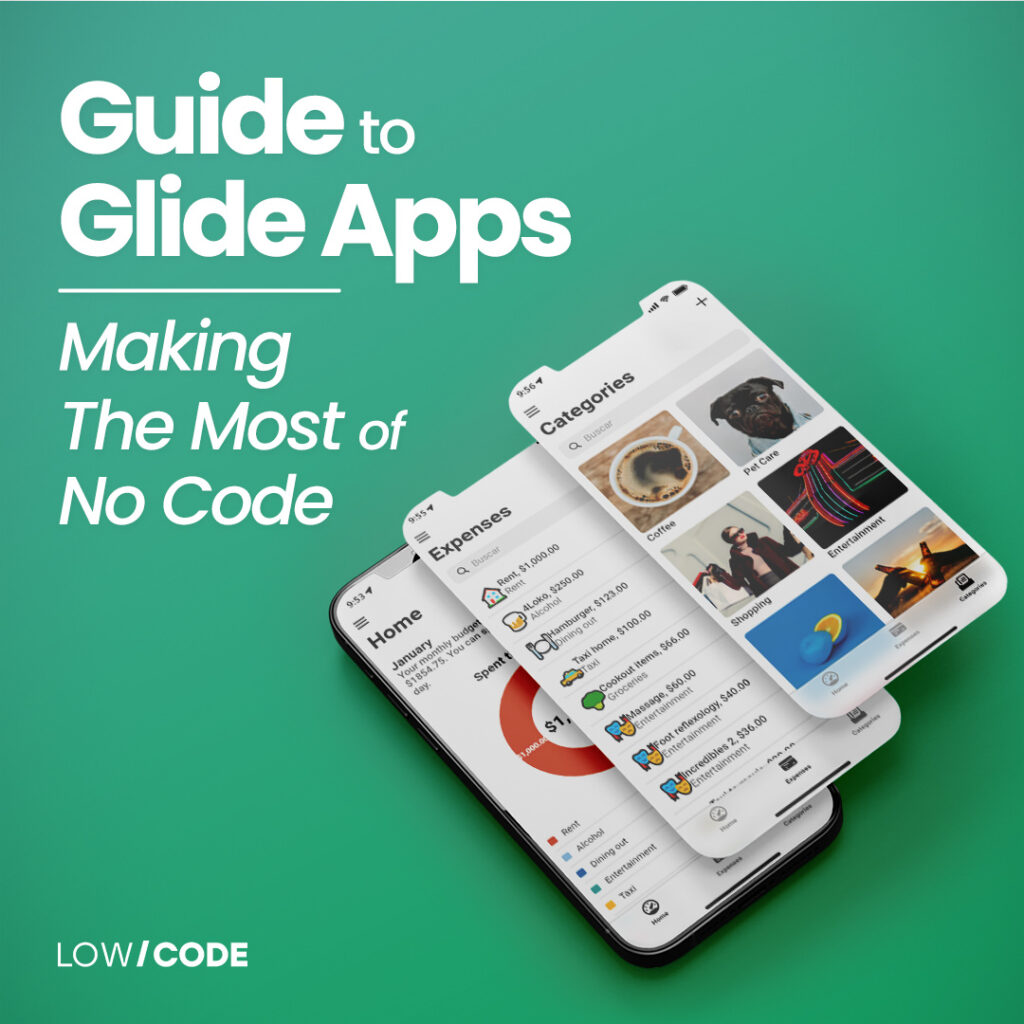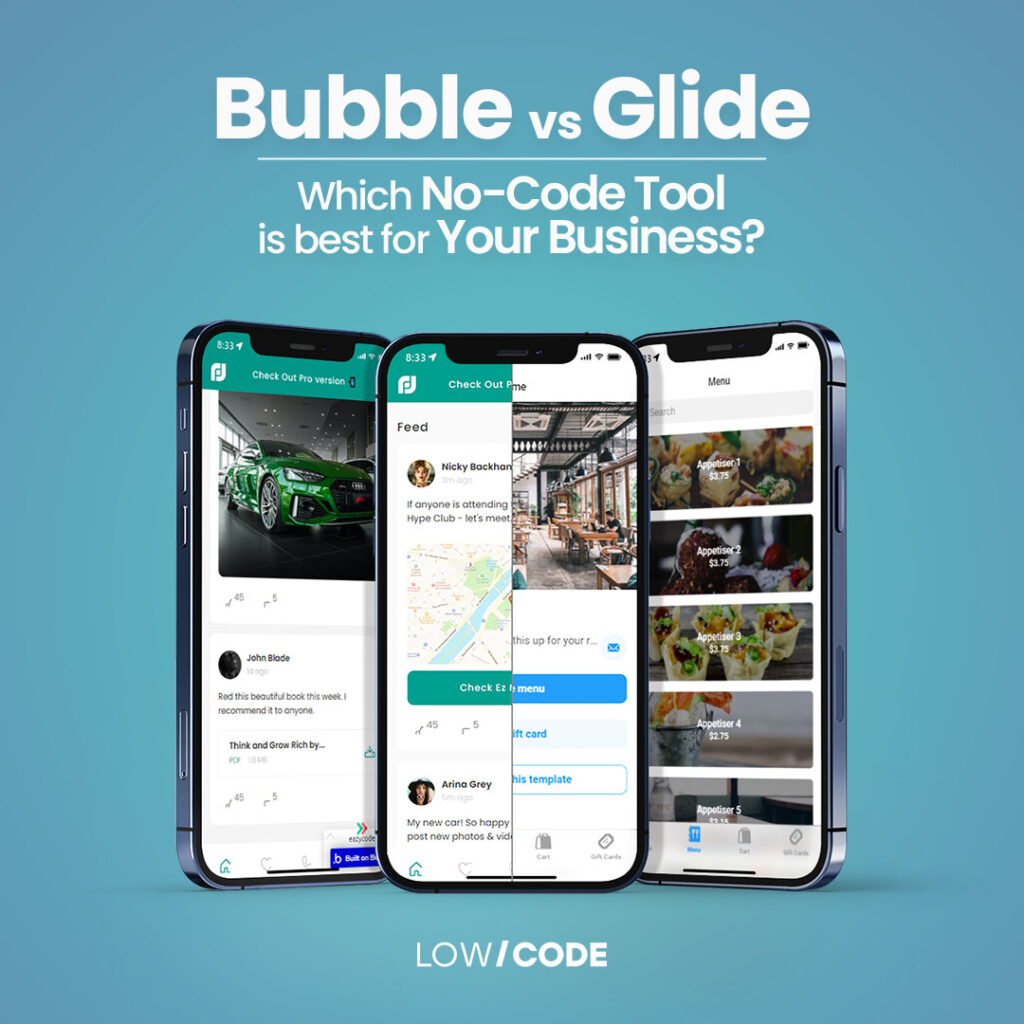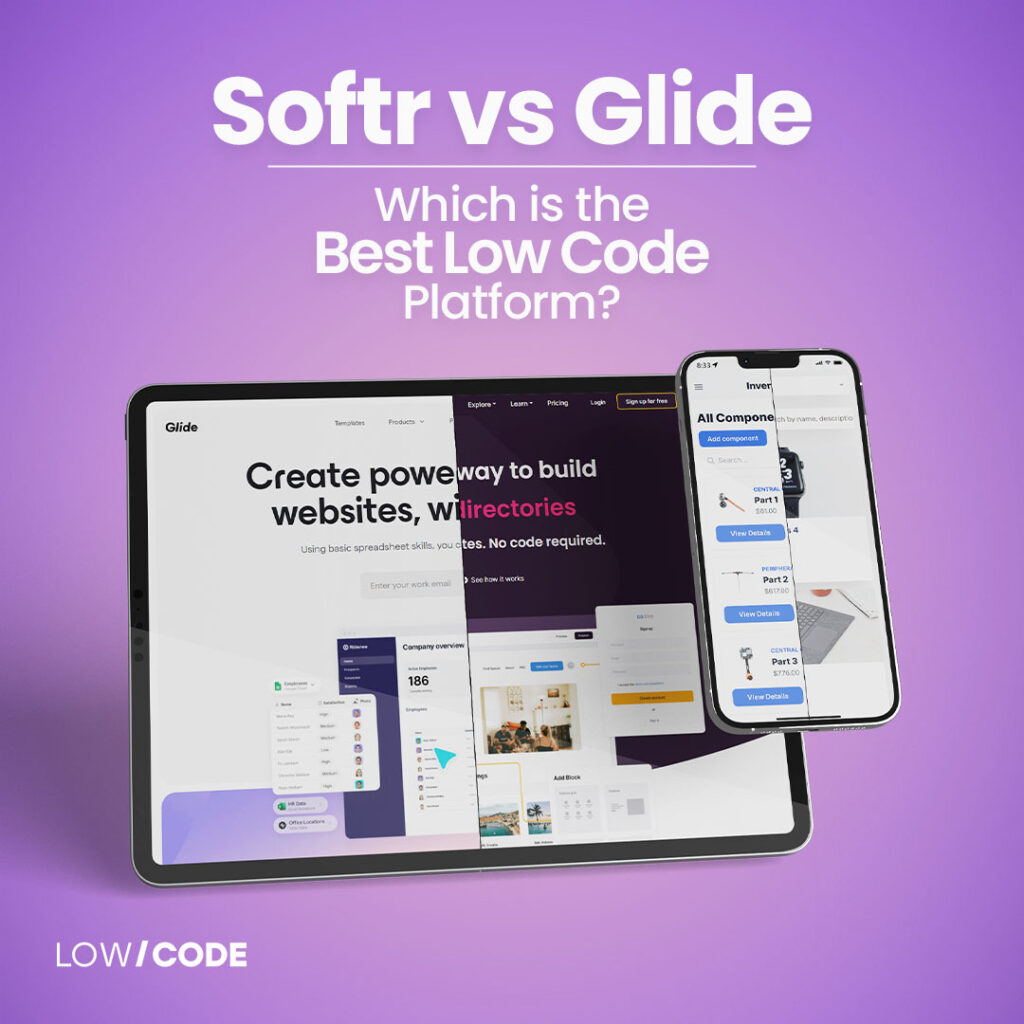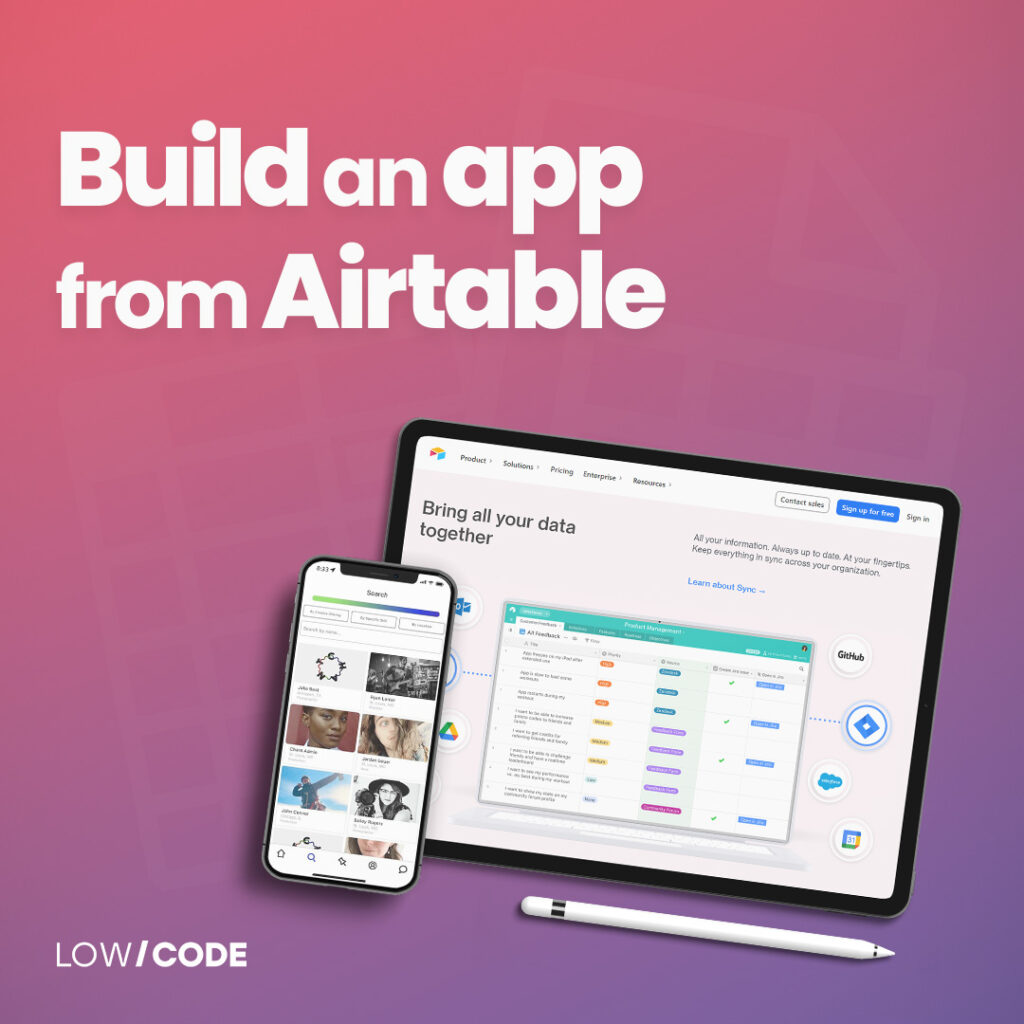The healthcare industry is changing at an astonishing pace. COVID-19 brought decades’ worth of change within a very short period of time, and now the post-pandemic world isn’t focused on reverting back to business as usual. The new paradigm for healthcare organizations has driven them to a new normal of complete digital transformation.
However, this thorough digital transformation has proven to be quite a challenge. Inevitably, companies find themselves needing a lot of resources and personnel to face the change. It is costing businesses a lot to compete with the advanced technological norm.
Though it’s easy to feel overwhelmed and outraged, it’s important to remember that there are many tools out there to help your organization achieve the streamlined processes that no code and low code can offer.
Thankfully, though, a solution has emerged from the chaos. It’s called low code, and it’s a visual approach to developing apps and software. Low code means that anyone can now create an app or any kind of software without having to write a single line of code. In this article, we’ll be discussing how a custom-made app can help healthcare professionals succeed on the road to digital transformation. And without further ado, let’s dig in.
What challenges does the healthcare space face in 2022?
Cybersecurity in the healthcare space
In 2017, the Health Care Industry Cybersecurity (HCIC) Task Force published a report claiming the “critical condition” of healthcare cybersecurity. Unfortunately, the state of cybersecurity in the healthcare space has since remained unchanged, maybe even worse off. The pandemic undeniably brought on a severe increase in ransomware attacks, especially targeted at the healthcare industry. In fact, that same report showed that 70% of the participant hospitals had been victims of security incidents within the past year, which included:
- Data breaches
- Financial losses
- Phishing attacks
- Ransomware attacks
- The disruption of IT operations
- The disruption of business functions
Organizations in the healthcare space need to take cybersecurity seriously now more than ever. Digital assets should be treated just like patients, in the way that security vulnerabilities must be treated before they become a threat.
Digital engagement for patients and healthcare providers
A recent report about digital healthcare showed that after the pandemic, people are 11 times more likely to want to deal with health questions digitally. In fact, more than 60% of care now happens through telehealth—healthcare providers who can’t offer digital options are losing patients rapidly. This begs the introduction of new ways of working with flexible scheduling and different digital tools for patient access and payment.
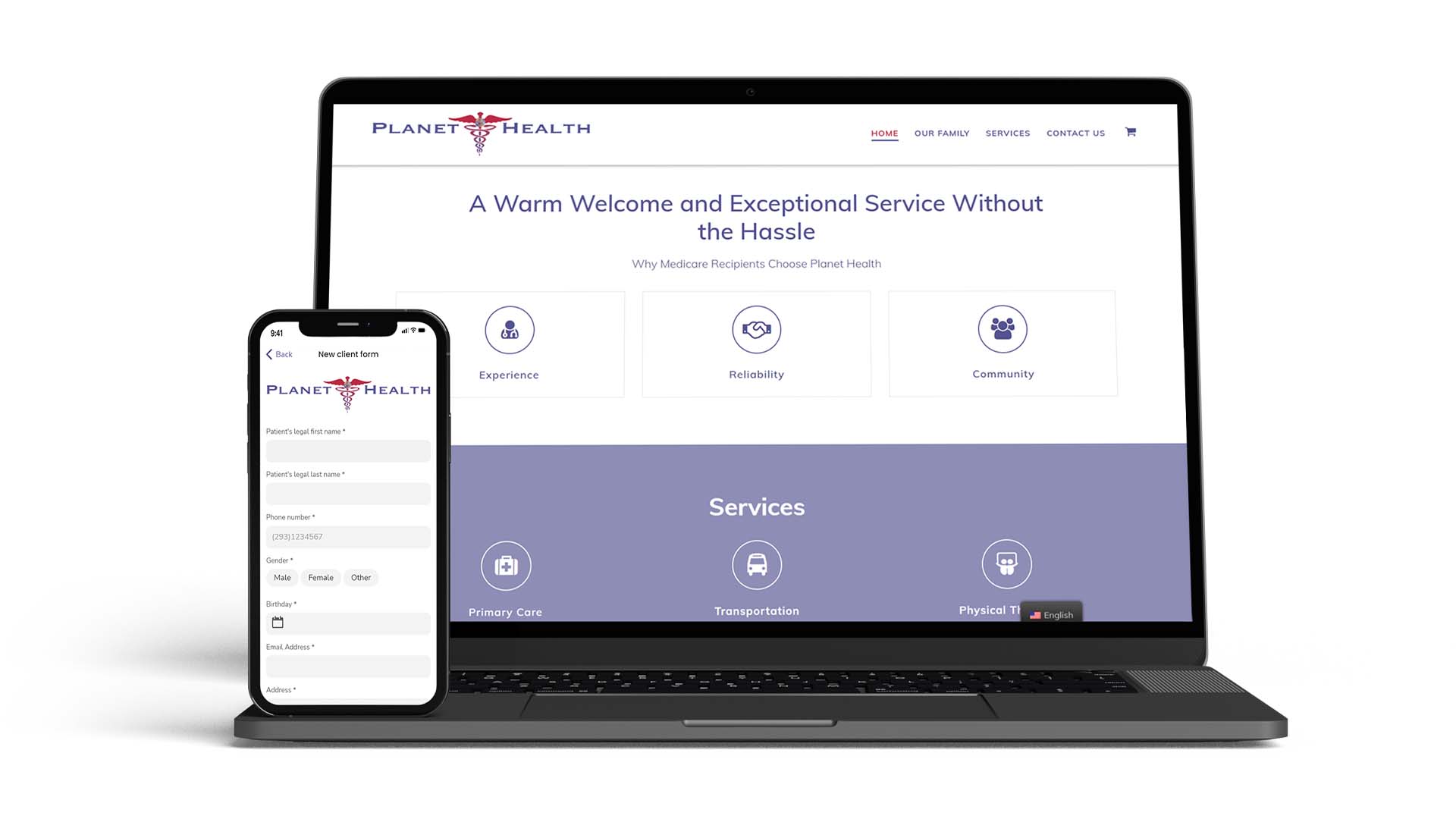
The shift from hospital care to community care
The healthcare industry is seeing a new shift towards at-home or community care instead of a hospital setting. Remote patient monitoring and virtual care are the reasons that are allowing this change—patients have shown a 60% increase in wanting to be cared for in a more comfortable environment than in hospitals or clinics. Though telehealth is what is enabling this trend, there are quite some challenges that come with it. Whether it is the legal and regulatory issues or the applications and software used for devices and therapies, there is still a lot to work on.
The recruitment and retention of talent
Hospitals and health facilities were facing huge staffing issues even before the pandemic. Unfortunately, staff shortages in the healthcare space mean lower quality of care. In fact, there seems to have been an increase in hospital infections in recent years, which is quite a worrying sign.
Thankfully, organizations can use technology to help relieve the pressure in several ways. First of all, proper automation makes it easier to undertake the most important tasks-data entry, for example, can be done via technology so that providers can focus on taking care of patients. Secondly, automation and efficient processes can also hugely aid in recruitment processes. From recruiting to retaining talent, the digital transformation of healthcare is the key to overcoming staffing issues.
Low code and no code for healthcare
2022 is the year of businesses needing to adapt quickly to a constantly shifting world, especially in the healthcare space. How fast organizations can respond to changes is a determining factor in their success. Yes, there’s no choice but to embrace digital transformation.
You’re probably thinking that, without the right tools, that’s easier said than done. Well, low code and no code, however, can help healthcare organizations implement their digital transformation in an effortless and thoroughly cost-effective way.
What are low code and no code?
Low code and no code are visual approaches to software development. Through graphical user interfaces and drag-and-drop features in a streamlined platform, anyone can build their own app without knowing how to code. Yes, you read that right-you can create an app even if you don’t know how to write a single line of code.
Okay, but how does it work? How is it actually possible to be able to build an app without having to code? Well, there’s no secret. It’s just a balanced mix of basic logic, personalization, visual modeling tools, security, and scalability.
If you want to learn more about low code and no code, we’ve written quite a few in-depth guides and blog posts. Feel free to check them out!
Low-code and no-code platforms such as Glide, Bubble, Softr, Airtable, and more have so many benefits. They allow people to create apps much faster than the traditional way, they’re incredibly cheaper, and they’re great for overall digital transformation because of how easy it becomes to provide technological solutions to most business problems. However, because this article is about digital transformation in the healthcare space, let’s focus on going over the benefits of low-code and no-code for the healthcare industry.
The benefits of low code and no code for the healthcare industry
The rapid delivery of digital healthcare solutions
Traditionally, and in the not-so-distant past, building an app would have taken months and cost hundreds of thousands. On average, traditional mobile and desktop apps can take anywhere between 3 and 9 months to build, depending on how complex they are.
On the other hand, with low code and no code, technological solutions like apps can be created, set up, trained for, and deployed in less time than it would take to just build a traditional app. Crazy, right? It’s all because low code and no code will allow you to leverage a visual interface and drag-and-drop functionality to create your app, without having to go through all the usual steps of app development.
Reduction of costs with no code throughout the workflow
For many reasons, it is far more effective to go down the low-code and no-code routes rather than build your own in-house solutions. It’s also more cost-efficient to create your own low-code or no-code app than to piece together lots of different external solutions and systems to get an enterprise solution. Why not create your own tailored solution when it’s cheaper and more efficient?
In fact, no code and low code are said to be 50 to 70% cheaper than the traditional app and software development because of how many fewer hours it takes. No need to hire a whole team of developers and spend months coding every single component; no code and low code allow you to create the perfect app in a few weeks, from start to finish.

Integrate your processes with low code
Siloed IT systems are a common challenge that health organizations face. Sensitive data like patient information is a well-known problem that makes it hard to make workflows that work perfectly and fit together well. The data needs to be treated differently than other types of data and be easily accessible, so it’s sometimes difficult to find the right solutions.
Platforms with no code or low code can let all of the patient information in a system work together. Care teams can get a better idea of what’s going on when detailed metrics are used across all departments. This makes it easy to get real-time data and see the bigger picture. The only way to improve success rates and outcomes is to figure out exactly how teams work.
Bridging the non-technical gap in healthcare workflows
The healthcare industry faces unique challenges. It requires tailored solutions that cater to these specific needs, and these solutions need to be accessible to all. With no code and low code, healthcare providers don’t have to know anything about coding and software development to build and use brilliant apps. Technology becomes a tool, not a challenge—an aid, not an obstacle.
Compliant and secure application development
The healthcare industry’s priorities other than care are those of security, privacy, and compliance. That’s why all of its digital solutions should be designed with HIPAA (Health Insurance Portability and Accountability) compliance in mind. For instance, most no-code and low-code platforms have enterprise plans that let users store and protect patient data to keep a HIPAA-compliant environment.
Real-life examples of effective no-code and low-code solutions
What healthcare solutions can you build with no code and low code?
Because of its flexibility by nature and personalization potential, no code and low code can allow you to build many different types of apps for the healthcare industry.
Here at LowCode Agency no code agency, we’ve built our fair share of healthcare apps, and we know a thing or two about helping organizations in the healthcare space achieve their digital transformation. However, digital transformation isn’t a destination; it’s an ongoing process. Though it’s easy to feel overwhelmed and outraged, it’s important to remember that there are many tools out there to help your organization achieve the streamlined processes that no code and low code can offer.
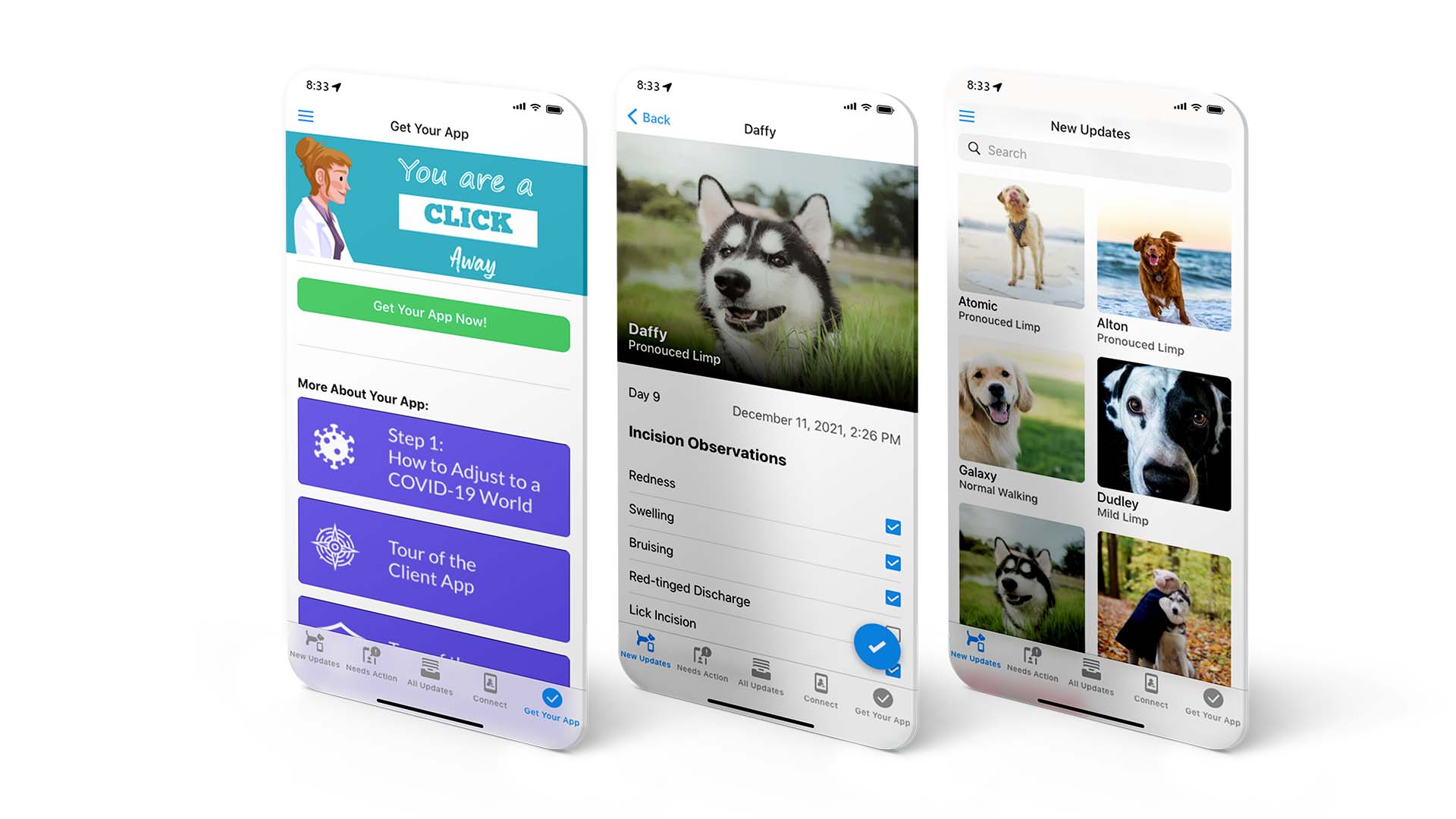
We helped a healthcare clinic streamline its billing process with a custom solution that now saves them a whopping 260+ working hours every year. Gone were the days of having to manage a whole billing system on a shared Google Sheet. We helped them map out their ideal process, and we built them a solution that beautifully automates, optimizes, and streamlines their billing process. Their front desk team became much more efficient, and they were able to cut human mistakes by an average of 95%.
We also helped a clinic nail their automation with a tailor-made low-code app, which you can find out about in our blog post about clinical automation.
Takeaway
Here at LowCode Agency, we are proud to work with healthcare professionals and providers around the world to help them achieve their digital transformation. It has become very important to use technology to care for patients, improve efficiency, and reduce mistakes made by people. There are so many benefits to be unlocked by deploying no code and low code for your healthcare organization, and we’re here to help. Book your very own free consultation for a chat with one of our experts!
Unlock the potential of no-code tools with our expert assistance! Our dedicated team at Glide Agency is here to help. At LowCode Agency, we have built over 273 projects using the best no-code and low-code tools on the market. Let us turn your ideas into reality with the perfect no-code platform for your needs! Book a free discovery call today!

Jesus is the founder of Low Code Agency: a low-code development agency that allows small business owners to get their mobile and web apps done fast and cost-effectively while maintaining quality.

